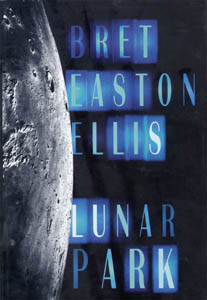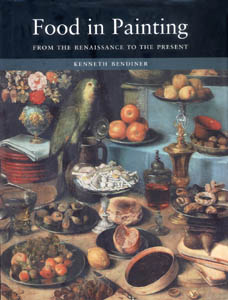![[whitespace]](/gifs/whiteline2.gif) |
Book Box

Lunar Park
Wunderkind novelist (Less Than Zero) and feminist punching bag (American Psycho) Bret Easton Ellis, having apparently exhausted his grab bag of narcotic, sexual and forensic tricks, cannibalizes himself in his latest novel, Lunar Park. The unreliable first-person narrative starts like a memoir of Ellis' own checkered career—early success followed by wretched excess—then turns sinister when a young man who looks just like Patrick Bateman, the fictional murderous clothes horse of American Psycho, starts stalking his creator, threatening his fragile marriage and menacing his children. Eventually, the unstable, drug-fogged Ellis is haunted by various manifestations of his previous characters, including a fake detective (shades of Clare Quilty in Lolita) and his own dead and despised father. At times, Ellis can be an amusing satirist in the manner of Tom Wolfe; he's especially good at skewering the self-delusions of the entertainment elite ("Couples counseling always reminded me of what a terrible thing optimism was"). Too often, however, he falls back on dropping designer brand names (Starbucks, Xanax, Ketel One) as a shorthand for psychological insights. In American Psycho, Ellis took a not-half-bad idea—Reagan-era greed expressed as a kind of serial killing—and bludgeoned it into submission with shock-effect prose. Lunar Park wants to investigate all the tricky notions of authorship ("How can a fictional thing become real?") and make a statement about fathers and sons visiting their sins on their grandchildren. But all that is too much weight for a story that quickly sinks from a portrait of the artist as a harried celebrity through a layer of Stephen King cheap thrills all the way down to the muddy sediment of The Amityville Horror, complete with ghostbusters and a child's stuffed-bird called a Terby that sprouts real wings and blood-soaked fangs. Does it help to know that Terby spelled backward is "Y [why] Bret"? Probably not. (By Bret Easton Ellis; Knopf; 308 pages; $24.95 cloth; Ellis appears Sept. 10 at 2:30pm at Capitola Book Cafe, 1475 41st Ave., Capitola.)

Food in Painting: From the Renaissance To the Present
Art historian Kenneth Bendiner's subject is too broad for any one volume, but this savory survey travels down some fascinating byways in pursuit of the ways Western artists have used images of food and dining. Bendiner discusses the various meanings of everything from Renaissance religious allegories (Eve and that damn apple) to statements of societal wealth in 17th-century Dutch market scenes to memento mori still lifes (dead game animals remind us of our own mortality, and Goya's Plucked Turkey makes the case for vegetarianism) to the democratic leveling of the diet in the late 1800s (even van Gogh's Potato Eaters can enjoy once-exotic treats like coffee and sugar) to Cezanne's painterly exercises with fruit as planes of color—all the way to the pop irony of Andy Warhol's 200 [Campbell's] Soup Cans. As Bendiner points out, even when painters want to depict scarcity or chide overconsumption, painted food tends to evoke a positive sense of appetite and desire. Food in Painting is liberally sprinkled with illustrations that include a number of unusual and rarely seen examples of the genre. (By Kenneth Bendiner; Reaktion Books, distributed by the University of Chicago Press; 238 pages; $35 cloth)
—Michael S. Gant
Send a letter to the editor about this story to letters@metronews.com.
[ Silicon Valley | Metroactive Home | Archives ]
|
![[Metroactive Books]](/books/gifs/books468.gif)

